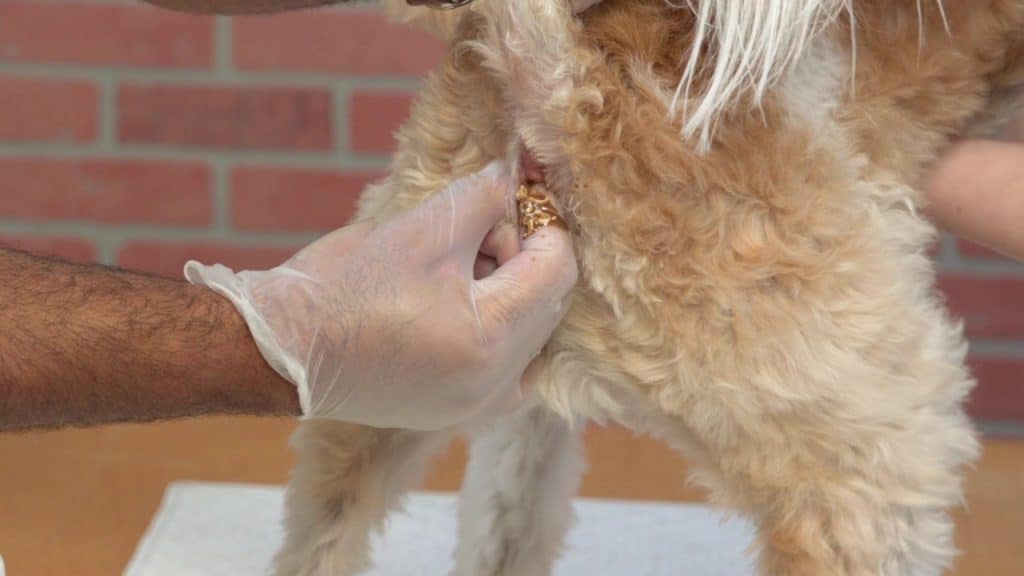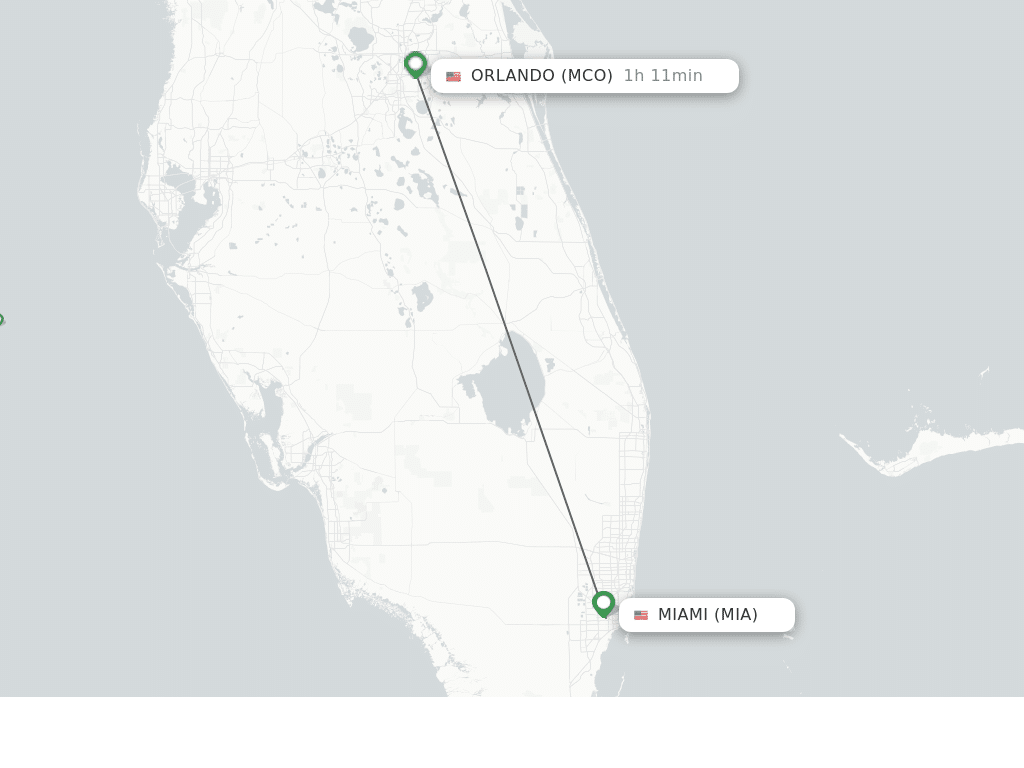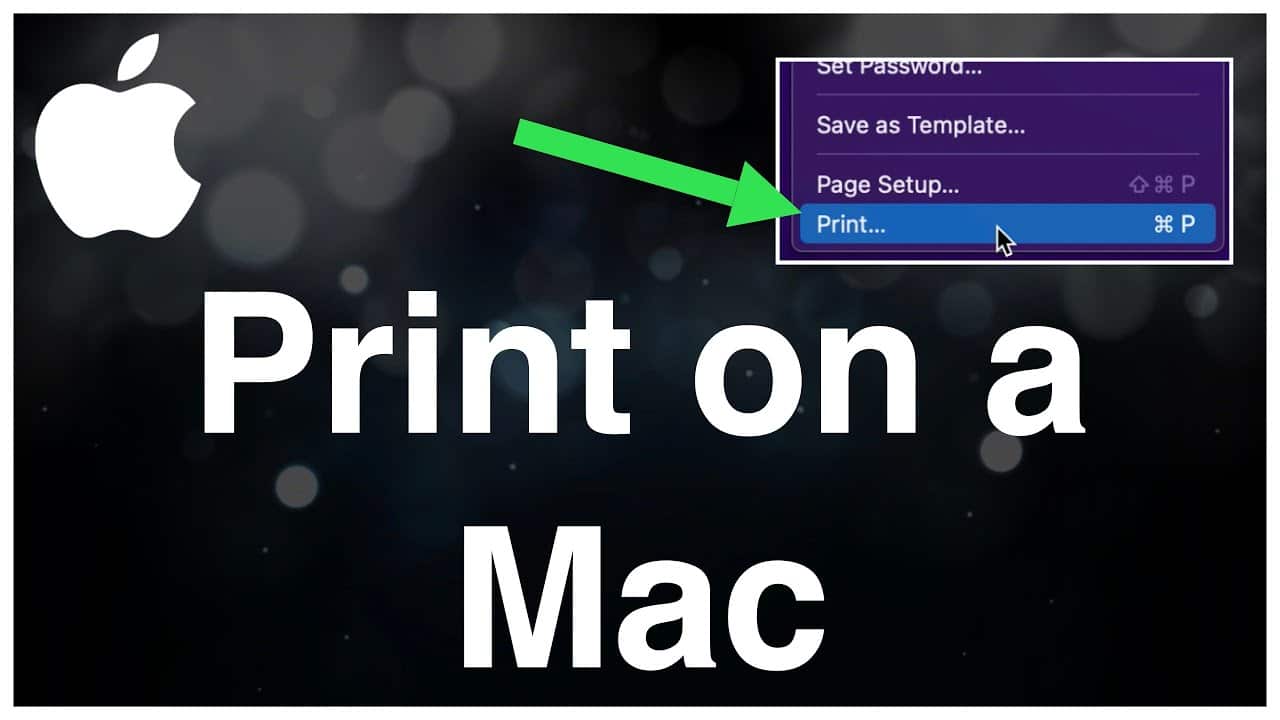Has your once well-behaved canine companion suddenly started displaying some rather unpleasant behaviors?
From incessant tail-chasing to an overwhelming odor emanating from their behind, these can all be signs that your dog’s anal glands are crying out for help.
In this article, we will equip you with the knowledge and skills necessary to master the art of expressing dog anal glands – a critical aspect of pet hygiene that every responsible owner should know.
By understanding the importance of this seemingly unglamorous task, you’ll be well on your way to ensuring a comfortable and contented pooch in no time at all.
Table of contents
What are Anal Glands?
Anal glands are small sacs located on either side of a dog’s anus. They secrete a fluid with a distinct odor that helps canines mark their territory and communicate with other dogs. Normally, these glands empty naturally during bowel movements, but sometimes they can become impacted.
The Importance of Expression
When anal glands become impacted, your dog may experience discomfort and other health issues. Expressing these glands can prevent problems like infections, abscesses, and pain, making it a crucial aspect of pet hygiene and care.
Read Also: How to Draw a Fairy Easy | Simple Guidelines to Initiate
How to Express Dog Anal Glands Naturally
Expressing your dog’s anal glands may seem daunting at first, but with proper guidance, it can become a routine part of your pet care. Here’s a step-by-step guide on how to do it safely:
- Gather Supplies: Before you begin, ensure you have latex gloves, clean towels, and a mild pet-safe cleanser on hand.
- Position Your Dog: Place your dog on a stable surface and have someone help hold them still if needed.
- Wear Gloves: Put on latex gloves to maintain cleanliness and hygiene.
- Locate the Anal Glands: Gently lift your dog’s tail and locate the anal glands on either side of the anus.
- Express the Glands: With your gloved hand, apply gentle pressure to the glands. Be cautious and gentle to avoid hurting your pet.
- Dispose of Waste: The fluid may be expressed, and it can have a foul smell. Dispose of it carefully.
- Clean Your Dog: Use a mild cleanser to wipe your dog’s rear end, and pat dry with a clean towel.
- Reward Your Dog: After the procedure, reward your dog with treats and praise for being cooperative.
By following these steps, you can ensure your dog’s anal glands are expressed safely and without any complications.
Read ALSO: How to Draw a Pumpkin: Artistic Tips for Autumn Illustrations
Why do Dogs Anal Glands Fill up?
The filling up of a dog’s anal glands is a common yet intriguing phenomenon that often puzzles many pet owners. These small sacs, located on either side of the dog’s anus, are responsible for producing a unique scent that helps dogs mark their territory. So why do these glands sometimes become problematic and require manual expression?
One reason is linked to the natural behavior of dogs. When they defecate, the pressure exerted on these glands helps release their secretions. However, some dogs may experience insufficient or inconsistent emptying due to factors such as soft stool consistency or lack of proper exercise. As a result, the glandular secretions can accumulate and cause discomfort or even infection.
Another important aspect to consider is breed susceptibility. Interestingly, certain breeds like Bulldogs, Chihuahuas, and Cocker Spaniels are more prone to anal gland issues due to their anatomy and genetics. Their smaller sac size makes them susceptible to blockages and inflammation.
Read ALSO: How to Change Apple Watch Band: Personalizing Your Device
How to Tell if Dogs Anal Glands are Full
There are a few ways to tell if your dog’s anal glands are full and need to be expressed. One of the most obvious signs is when your dog scoots their rear end along the ground or on furniture.
This behavior usually indicates that they are trying to relieve discomfort caused by full anal glands. Another sign to look out for is excessive licking or biting in the area around the anus.
Dogs often try alleviating pressure by licking or chewing at their backside. Additionally, you may notice a strong, foul odor coming from your dog’s hindquarters. This odor is caused by the build-up of fluid in the anal glands and should not be ignored.
If you suspect that your dog’s anal glands are full, it is important to consult with a veterinarian for proper evaluation and treatment. Some dogs may require regular manual expression of their anal glands, while others may need dietary adjustments to help promote healthy gland function.
It is crucial not to attempt expressing the glands yourself unless you have received proper training from a professional, as this can lead to injury or infection if done incorrectly.
Food to Help Dog Express Glands
Ensuring the health and comfort of our furry friends is a top priority for every dog owner. One common issue that can arise is the need for dogs to express their anal glands.
While this may not be the most pleasant topic, it’s important to address it to keep our pets happy and free from discomfort. Alongside regular vet check-ups and proper hygiene practices, certain types of food can help promote healthy gland function.
Firstly, adding fiber-rich foods to your dog’s diet can aid in keeping the anal glands functioning properly. Vegetables like pumpkin and sweet potatoes are not only tasty but also contain high amounts of fiber that can regulate bowel movements and promote regular gland expression.
Similarly, brown rice or oats are excellent additions due to their gentle nature on digestion while providing necessary roughage.
Additionally, incorporating omega-3 fatty acids into your dog’s meals can offer numerous health benefits, including promoting smooth gland expression.
Foods such as salmon or tuna are rich in these essential fatty acids and can be easily included as a topping or mixed into their regular meals. Omega-3s have anti-inflammatory properties that may reduce inflammation surrounding the glands, making expression easier for your pup.
FAQ
You should do it if you notice your dog scooting on the floor, licking their rear excessively, or showing signs of discomfort. A regular expression is unnecessary for all dogs, but some may require it occasionally.
Yes, you can express your dog’s anal glands at home if you are comfortable doing so. However, if you’re unsure or uncomfortable, it’s best to consult a professional.
While expressing anal glands, there is a risk of injury or infection if not done correctly. It’s important to be gentle and cautious during the process.
If you suspect your dog’s anal glands are impacted or they show signs of discomfort, consult your veterinarian for guidance and professional assistance.
The frequency of bathing your dog depends on their breed and activity level. Some dogs may only need a bath every few months, while others require more frequent bathing.
Conclusion
Caring for your pet’s hygiene and well-being is a vital aspect of responsible pet ownership. Understanding how to express your dog’s anal glands is just one part of this responsibility. By following the steps and tips outlined in this guide, you can ensure that your furry friend enjoys a happy and healthy life. Remember, regular check-ups with your veterinarian are essential to address any specific concerns about your pet’s health.






